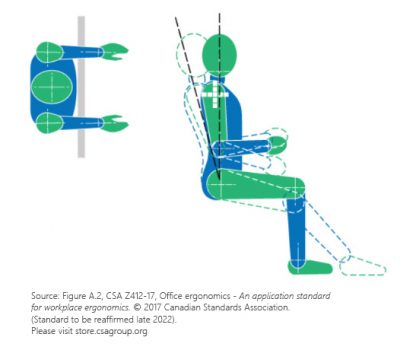20% off Demo Text
20% off Demo Text

With online learning and gaming becoming more of a norm, establishing the right workspace for your child is crucial to ensure remote learning is as impactful as it can be. It is also important to emphasize that children should not lounge on their bed or sofa during class and study times, as this can quickly become a bad habit. For students who are still growing, and don’t quite reach the work surface comfortably, a height-adjustable chair is important for proper posture and supporting their musculoskeletal system. When working at a desk, or a makeshift workstation, our goal is to sit in neutral posture which is the least fatiguing posture for the body to maintain. Neutral posture includes:

The good news is that you can purchase a chair based on your child’s current measurements. You should ensure that it has the maximum number of adjustment features built in to it so that the chair can grow in size with your child, while helping them achieve the recommended neutral posture.
Adjustability features to look for in an ergonomic chair for your child
Other options to consider for a child’s desk chair
Every ergoCentric task chair is built using a modular manufacturing system meaning individual components – for example, seat pans, gas lift, casters – can be replaced when required. In other words, you don’t need to buy a “kid-sized” chair. An ergoCentric task chair purchased for your pre-teen can support their growing bodies and minds all the way through to university, and beyond!
If you have a question about office ergonomics, please fill in the form below.
If the question is of general interest, the question and your general location (but not your name) will be posted on our website along with a brief answer. The response may simply state that the topic will be covered in a subsequent article. Health or medical advice is not provided. In some cases you may receive a personal response.